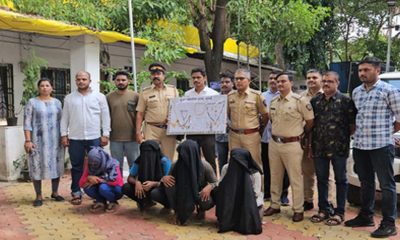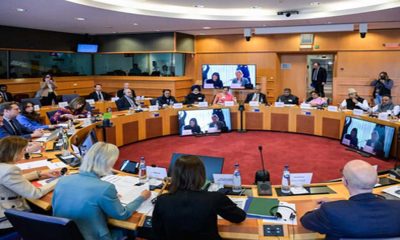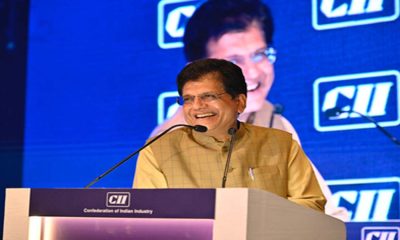General
BMC’s Commitment to a Secure Mumbai
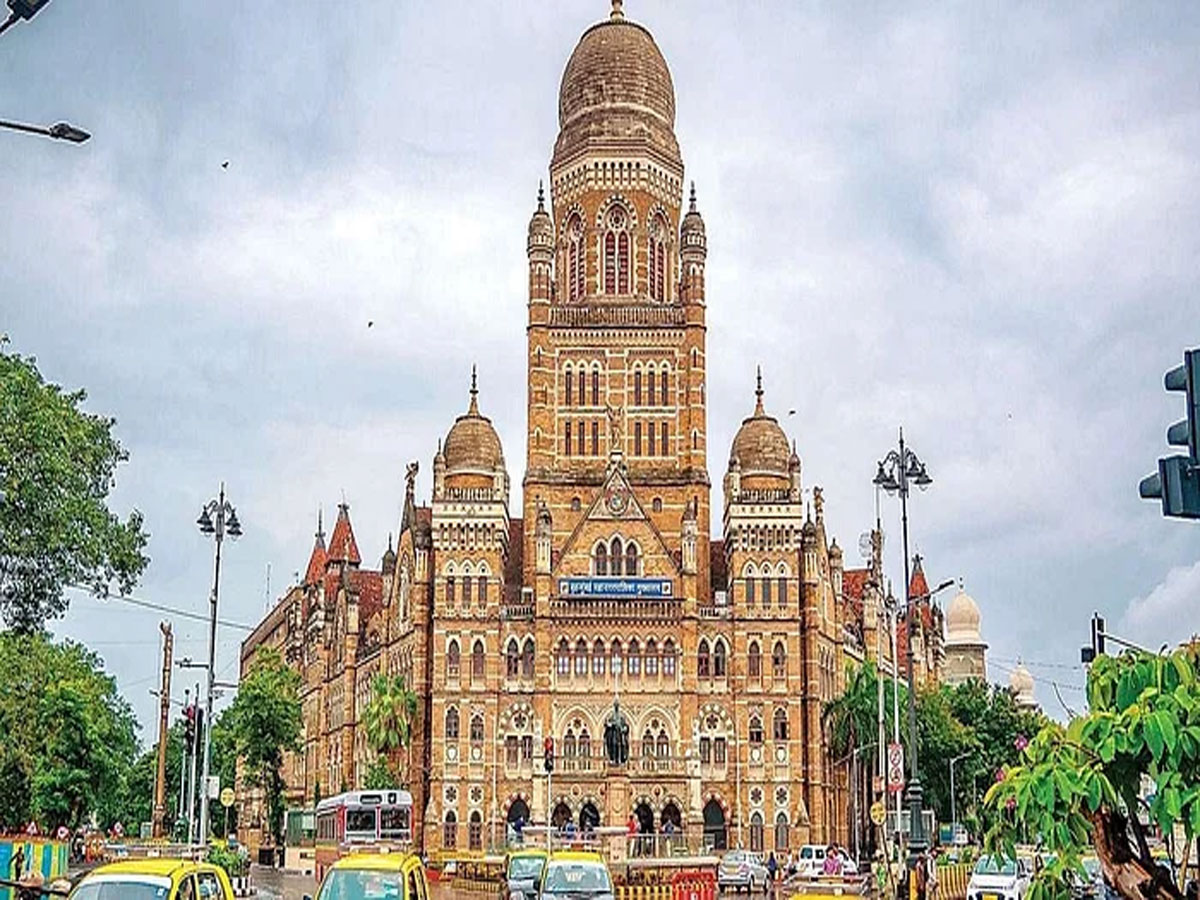
Mumbai, known as the financial capital of India, the provenance of the Bollywood, and a hub of aspirations for millions of Indians, has emerged as a distinctive metropolis. Its exceptional features are the result of well-planned infrastructure in terms of basic amenities, industries, transportation, healthcare, education, tourism, and more. Amidst this diversity, Mumbai’s geographical composition is also uniquely remarkable. Surrounded by the sea on two sides and a creek on another side, this metropolis has witnessed challenges throughout its history. Apart from providing civic services and amenities, the parent organisation of Mumbai, the Brihanmumbai Municipal Corporation (BMC) also takes on the significant responsibility of formulating contingency plans for natural and man-made crises and managing such situations too.
BMC has always prepared to address various disasters and crises that may arise, to ensure the safety and well-being of the citizens of Mumbai. While continuously striving to provide excellent basic amenities for the residents of Mumbai, BMC takes proactive measures to plan appropriate solutions in challenging circumstances. A vital component of this proactive approach is the Disaster Management Department of BMC. Mumbai has faced numerous challenges in the past, such as heavy rainfall, floods, landslides, terrorist attacks, building collapses, fire incidents, and other disasters. The catastrophic flood in 2005 and the terrorist attack in 2008 are the major crises that have occurred in Mumbai until now. In both these crises, the well-organized and planned disaster management mechanism implemented by BMC played a crucial role in mitigating the situation and bringing Mumbai back to normalcy within the shortest possible time.
However, despite such achievements, the need for coordination, well-equipped infrastructure, and skilled manpower in all areas of disaster management has been brought to the fore by these two incidents. Hence, the journey of the BMC’s Disaster Management Department has now reached a phase where it is embracing artificial intelligence, machine learning, and other forms of advanced knowledge to enhance its preparedness. This transformative journey aims to augment human intelligence and expertise with technological advancements, thereby ensuring a multi-pronged and experiential approach to crisis management.
In 1993, Maharashtra witnessed a devastating earthquake centered in the Killari region of Latur district. As a result, the Government of Maharashtra decided to establish disaster control rooms in each district and municipal corporation to coordinate and facilitate effective communication among the administration during times of disasters. In 1999, BMC established a disaster management control room in the basement of its expanded headquarters building. Initially, this control room had limited manpower and resources but served the purpose of communication and coordination during emergencies. At that time, there was not much awareness or development of scientific perspectives for identifying potential threats. In such circumstances, BMC began work on disaster management measures.
Furthermore, in 2005, Mumbai faced a catastrophic flood due to unprecedented rainfall. This unexpected celestial crisis brought Mumbai to a standstill. However, BMC and the Disaster Management Department made relentless efforts with all available resources and played a crucial role in restoring normalcy to the lives of Mumbai’s residents within 48 hours. Despite being confined to a small area of about 500 square feet, the Disaster Management Department efficiently coordinated with various agencies and carried out its tasks with utmost dedication.
However, this incident highlighted the need to further strengthen the preparedness of the Disaster Management Department.
Under BMC, the expansion of the Disaster Management Department took place in 2006. Accordingly, the manpower in the Emergency Operation Center (EOC) was increased and they were given the latest training. In 2016, with the aim of making this department more effective, the number of hotlines was increased, and the Maharashtra government provided over 5,000 CCTV cameras under the Mumbai Surveillance Project for direct deployment to enhance video surveillance capability.
Additionally, various state-of-the-art equipment were made available. In 2008, BMC began utilizing IT resources to deal with incidents such as terrorist attacks, bomb blasts, landslides, fires, and building collapses that pose a threat to public safety. Through the use of information technology, the foundation of essential information databases for prohibition, mitigation, and preparedness was established. Geographic Information Systems (GIS) became the basis for this information system.
GIS made possible the availability of information on various tools, resources, and manpower for handling disasters that occur in specific locations. As a result, it became possible to make effective decisions, plan measures, and implement them during emergencies.
Considering past incidents and potential future crises, the decision has now been made to use Artificial Intelligence (AI) to manage disasters. Through this medium, the city of Mumbai will be able to plan disaster management based on an assessment of various potential threats. The estimation of various disasters will be done in advance through AI and machine learning. The analysis of these estimates using scientific methods will allow timely decision-making and reduce the risk of potential disasters.
To manage various disasters and implement preparedness and mitigation plans, the municipal corporation plays a coordinating role as the nodal agency under the Disaster Management Act 2005. A systematic approach has been adopted to ensure a reliable methodology, making it easier to engage with all related systems. Focus is not only on the systems. Public awareness, training, and public participation have also been given due attention by the municipal corporation. Initiatives have been continuously undertaken to educate citizens and students about disasters. In this regard, under BMC, the City Disaster Management Training Center has been established in Parel. This four-story building houses a 150-capacity 3D theater, training rooms, state-of-the-art simulation facilities, and other amenities.
Currently, several important development projects such as the Coastal Road, are underway in Mumbai, focusing on essential infrastructure. These projects aim to ensure sustainable development and minimize potential risks by adhering to all regulations of the Indian Standard 1893 about earthquake resistant structures.
The city of Mumbai is expanding not only horizontally but also vertically. Therefore, fire safety measures, including the installation of fire suppression systems, have been made mandatory in tall buildings to prevent incidents such as loss of life and financial damage. Additionally, every six months, each building must undergo a fire safety inspection and the self-declaration must be submitted on the BMC portal. To enforce these measures, all buildings are required to comply with the Maharashtra Fire Prevention and Life Safety Measures Act of 2009.
Considering the heavy monsoon rain and high tide situations there is a need for proper planning to address the issue. Consequently, initiatives have been taken to drain flood water and implement solutions based on geographical considerations. BMC is always prepared for such situations.
BMC has taken initiatives to rejuvenate all rivers flowing in Mumbai. Protection walls have been constructed to ensure the safety of citizens residing along the banks of rivers and nallas. Regular maintenance of these water bodies are carried out to maintain cleanliness by removing silt, garbage, and waste. In certain areas, underground water storage tanks have been built to increase the capacity of storing water, allowing the collection of millions of liters of flood water. Pumping stations have been built in different parts of Mumbai to facilitate quick drainage of excess rainwater into the sea.
In terms of disaster management, BMC has implemented various measures to ensure preparedness. Regardless of the severity of any emergency situation, our duty is to safeguard the lives and financial well-being of the residents of Mumbai. I take great pride in the fact that BMC is always ready to fulfill this responsibility, even in times of crisis.
Maharashtra
Sashil Kodiyeri apologizes after tension over Marathi-Hindi controversy
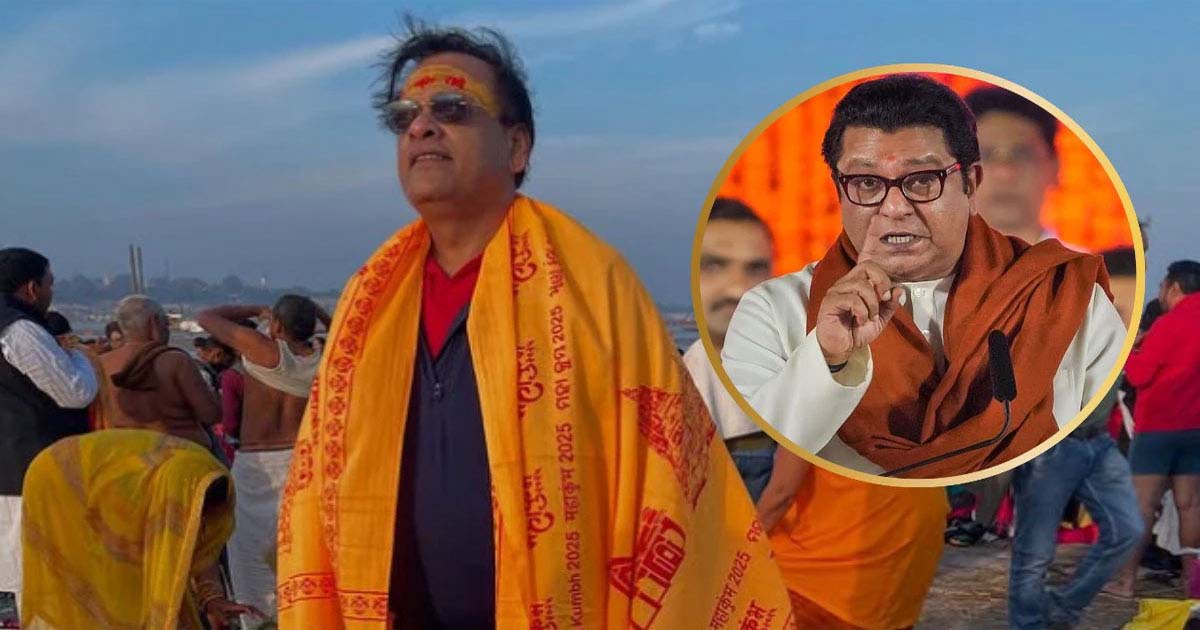
Maharashtra: In the context of the Mumbai Marathi-Hindi controversy, Shishil Kodia has apologized for his controversial statement. He said that his tweet was misrepresented. I am not against Marathi. I have been living in Mumbai and Maharashtra for the last 30 years. I am a fan of Raj Thackeray. I constantly comment positively on Raj Thackeray’s tweets. I tweeted in my emotions and I made a mistake. This tense and tense atmosphere should end. We need a favorable environment to accept Marathi. So I request you to forgive me for this mistake for Marathi. Earlier, Shishil Kodia had made a controversial statement about Marathi and refused to speak Marathi, due to which MNS workers attacked and pelted stones at Shishil’s company WeWork. After which Shishil has now apologized to X
Maharashtra
Maharashtra Marathi Hindi Controversy: Strict action will be taken against those who take law into their hands: Chief Minister Devendra Fadnavis
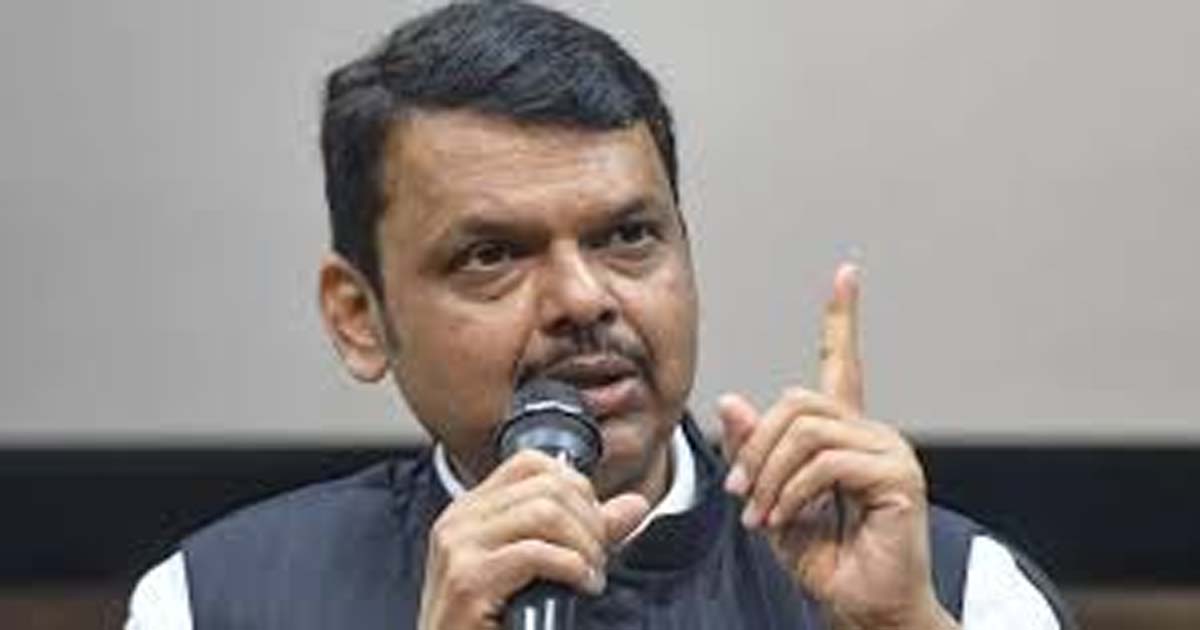
Mumbai: Maharashtra Chief Minister Devendra Fadnavis has made it clear on the Hindi-Marathi language dispute that linguistic discrimination and violence cannot be tolerated. If anyone instigates violence in the name of Marathi language or takes the law into his own hands, strict action will be taken against him because it is the government’s responsibility to maintain law and order. He said that in the Mira Road Hindi Marathi violence case, the police have registered a case and taken action.
A committee has been formed in the matter of Marathi and Hindi language. Whatever is better for the students on its recommendation, the government will implement it. No decision has been taken under anyone’s pressure. He said that the recommendation for Hindi language was made during the Maha Vikas Aghadi rule itself, but now these same people are opposing it. The public knows everything.
He said that in this election, BJP has got 51 percent Marathi votes. Violence and discrimination in the name of language cannot be tolerated. Marathi is a source of pride for us, but we do not oppose Hindi. What will happen if a Marathi businessman in another state is asked to speak his language? In Assam, he was asked to speak Assamese. He said that strict action will be taken against those who break the law.
Maharashtra
Case registered for burning copy of Hindi Marathi dispute order
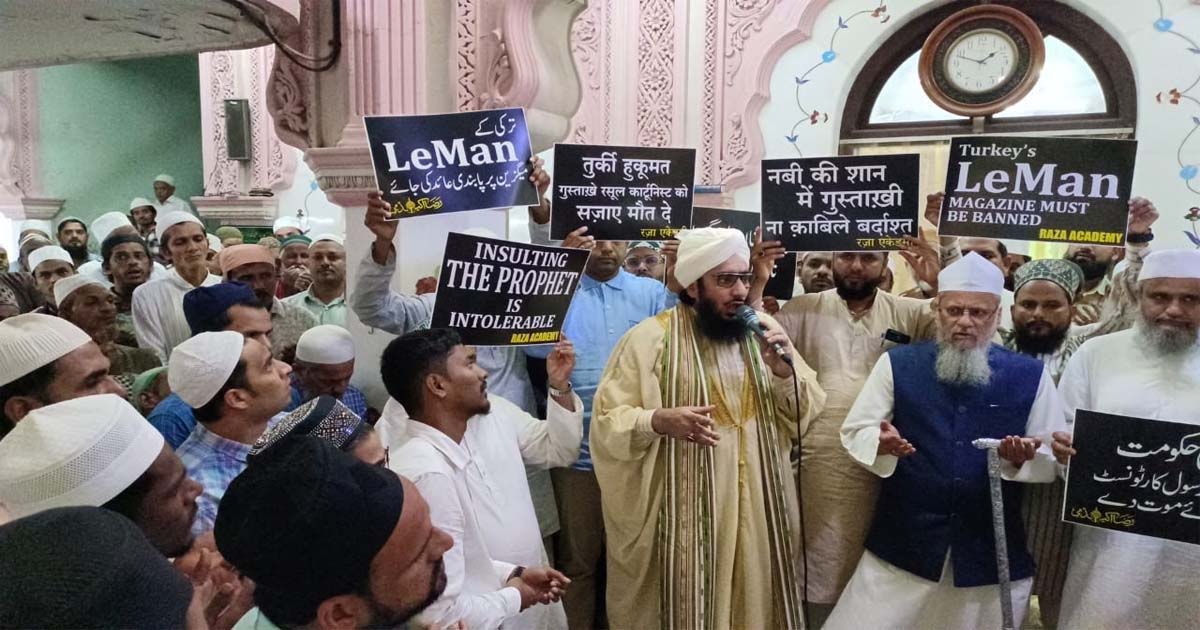
Mumbai: Mumbai Police has registered a case against 200 to 300 activists including Deepak Pawar, Santosh Shinde, Santosh Kharat, Shashi Pawar, Yoginder Salulkar, Santosh Veer for protesting without permission, violating prohibitory orders and Police Act in the case of burning copy of order making Hindi language compulsory. The accused have been booked under Section 189(2), 190,223, Maharashtra Police Act at Azad Maidan Police Station. The case has been registered on the complaint of complainant Santosh Suraj Dhundiram Khot, 32 years.
According to the details, on June 29, between 2 and 3:30 pm, a copy of the government order against making Hindi i.e. third language compulsory in primary education was burnt without permission on BMC Road adjacent to Marathi Patkar Singh and the government order was violated. The accused had not taken any permission for this demonstration and had violated the prohibitory orders, following which a case has been registered against them, confirmed Mumbai Police. The case has been registered after recording the statement of the complainant.
-

 Crime3 years ago
Crime3 years agoClass 10 student jumps to death in Jaipur
-

 Maharashtra9 months ago
Maharashtra9 months agoMumbai Local Train Update: Central Railway’s New Timetable Comes Into Effect; Check Full List Of Revised Timings & Stations
-

 Maharashtra9 months ago
Maharashtra9 months agoMumbai To Go Toll-Free Tonight! Maharashtra Govt Announces Complete Toll Waiver For Light Motor Vehicles At All 5 Entry Points Of City
-

 Maharashtra9 months ago
Maharashtra9 months agoFalse photo of Imtiaz Jaleel’s rally, exposing the fooling conspiracy
-

 Crime9 months ago
Crime9 months agoBaba Siddique Murder: Mumbai Police Unable To Get Lawrence Bishnoi Custody Due To Home Ministry Order, Says Report
-

 National News9 months ago
National News9 months agoMinistry of Railways rolls out Special Drive 4.0 with focus on digitisation, cleanliness, inclusiveness and grievance redressal
-

 Maharashtra8 months ago
Maharashtra8 months agoMaharashtra Elections 2024: Mumbai Metro & BEST Services Extended Till Midnight On Voting Day
-

 National News10 months ago
National News10 months agoJ&K: 4 Jawans Killed, 28 Injured After Bus Carrying BSF Personnel For Poll Duty Falls Into Gorge In Budgam; Terrifying Visuals Surface







